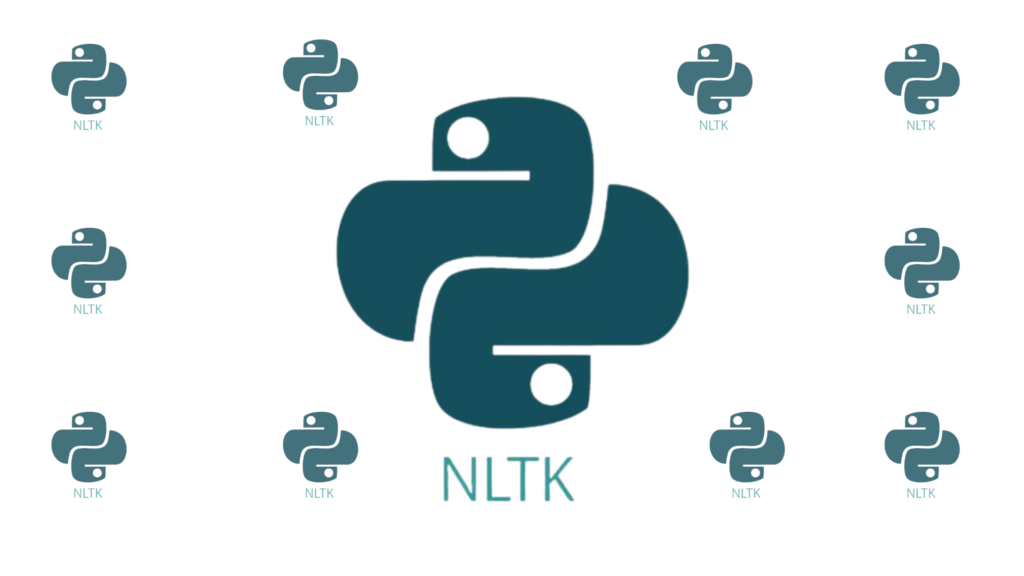Unraveling the Mysteries of Language: An Introduction to Natural Language Processing (NLP)

In the confluence of linguistics and artificial intelligence lies the fascinating field of Natural Language Processing (NLP), a technology that enables machines to understand, interpret, and respond to human language. As we advance into an era where human-computer interaction becomes increasingly sophisticated, NLP stands at the forefront, driving innovations that transform how we interact with technology. This blog offers an introductory exploration into the world of NLP, highlighting its key aspects and applications.




 Natural Language Processing represents a groundbreaking fusion of linguistics and artificial intelligence, offering limitless potential for enhancing human-computer interaction. Through techniques like machine learning and tools like NLTK, NLP continues to evolve, promising a future where machines understand and engage with human language more intuitively and effectively.
Natural Language Processing represents a groundbreaking fusion of linguistics and artificial intelligence, offering limitless potential for enhancing human-computer interaction. Through techniques like machine learning and tools like NLTK, NLP continues to evolve, promising a future where machines understand and engage with human language more intuitively and effectively.

Understanding NLP: The Basics:
Natural Language Processing combines computational linguistics, rule-based modeling of human language, with statistical, machine learning, and deep learning models. This blend allows computers to process and analyze vast amounts of natural language data. The goal of NLP is to bridge the gap between human communication and computer understanding, enabling machines to perform tasks like translation, sentiment analysis, and speech recognition. From chatbots that provide customer service to virtual assistants like Siri and Alexa, NLP applications are becoming an integral part of our daily lives, showcasing the technology’s ability to understand context, nuance, and the intricacies of human language.
Core Techniques in NLP:
NLP encompasses several core techniques that allow for the nuanced processing of language. Tokenization splits text into sentences, phrases, or words, serving as a foundation for further analysis. Part-of-speech tagging identifies each word’s role within a sentence, while named entity recognition (NER) locates and classifies entities mentioned in text into predefined categories. Another crucial technique is sentiment analysis, which determines the attitude or emotion conveyed in a piece of text. These techniques are instrumental in enabling machines to dissect and comprehend language, paving the way for more sophisticated interactions between humans and technology.
The Role of Machine Learning in NLP:
Machine learning plays a pivotal role in advancing NLP. By training on datasets of text, machine learning models can learn patterns, structures, and nuances of language. This learning process allows for the automation of tasks such as language translation, text summarization, and question answering. Deep learning, a subset of machine learning, further enhances NLP with neural networks that mimic human brain function, enabling the processing of complex language patterns. The integration of machine learning into NLP has been a game-changer, significantly improving the accuracy, efficiency, and reliability of natural language understanding.
NLTK: A Tool for NLP Development:
The Natural Language Toolkit (NLTK) is an essential library for Python programmers working in NLP. It provides easy-to-use interfaces to over 50 corpora and lexical resources, such as WordNet, along with a suite of text processing libraries for classification, tokenization, stemming, tagging, parsing, and semantic reasoning. NLTK’s comprehensive toolkit, coupled with extensive documentation and tutorials, makes it an invaluable resource for both beginners and experienced developers in NLP. By offering tools and resources to work on real-life NLP tasks, NLTK plays a critical role in democratizing access to NLP development and research, fostering innovation in the field. Natural Language Processing represents a groundbreaking fusion of linguistics and artificial intelligence, offering limitless potential for enhancing human-computer interaction. Through techniques like machine learning and tools like NLTK, NLP continues to evolve, promising a future where machines understand and engage with human language more intuitively and effectively.
Natural Language Processing represents a groundbreaking fusion of linguistics and artificial intelligence, offering limitless potential for enhancing human-computer interaction. Through techniques like machine learning and tools like NLTK, NLP continues to evolve, promising a future where machines understand and engage with human language more intuitively and effectively. 